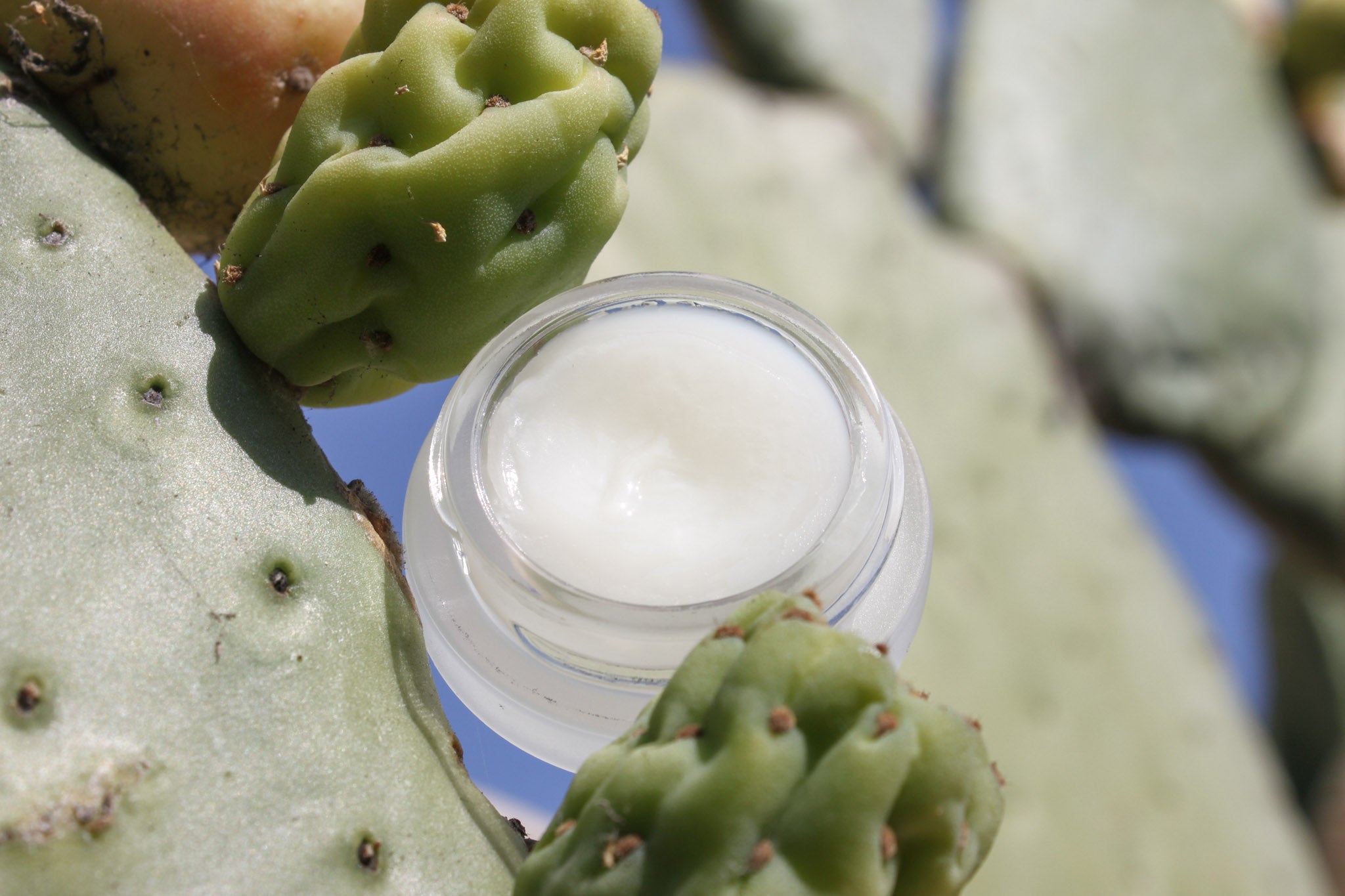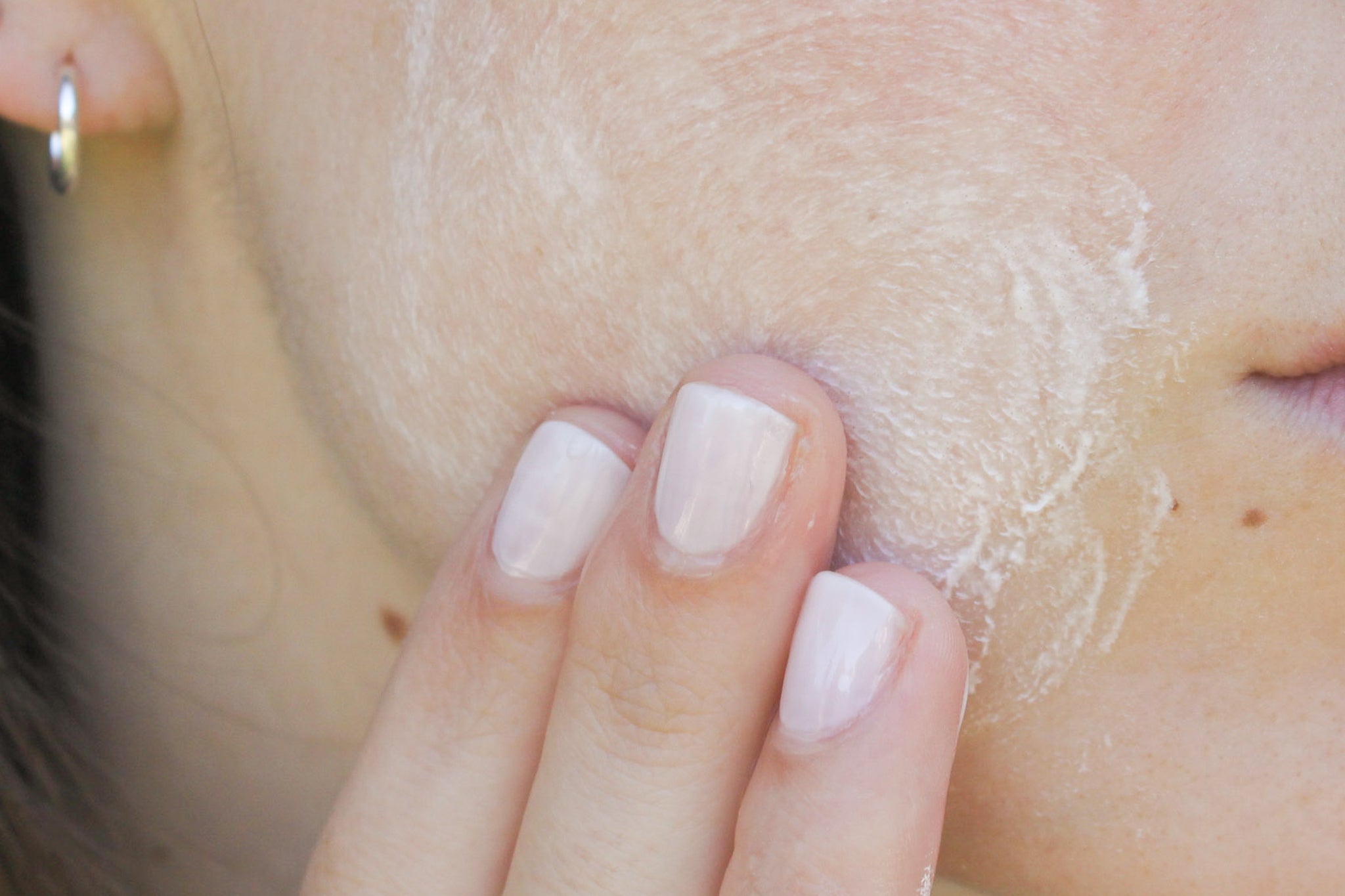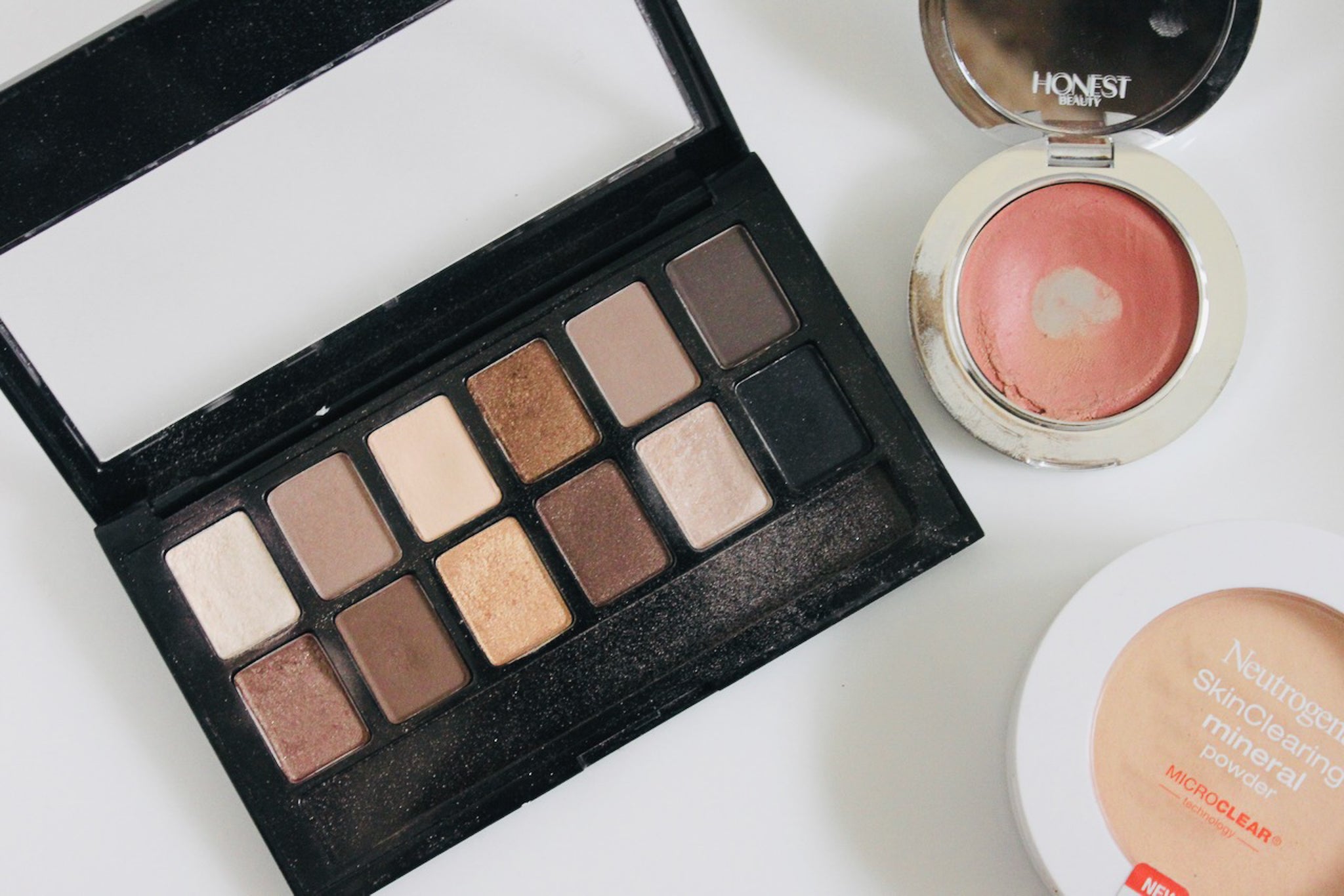So you’ve heard the term clean beauty. Maybe even bought a few products. But what does ‘clean’ really mean? And does it make a difference? I’m here to break it down and share how clean beauty is shaking up the industry.
First Things First
First, I’ll say that like many marketing terms, ‘clean’ beauty has no official regulated definition. This means that it’s up to brands and consumers to determine which ingredients and products are up to snuff. Several companies including Credo, Follain, Honest Beauty, and Goop have published definitions on their websites.
Basically the gist is this: clean beauty products are created without suspected toxic ingredients, keeping the environment and human health in mind.
For many brands and consumers, this also includes a list of restricted chemicals not to be used in ‘clean’ products. The idea of a ‘no no list’ stems from a long history of under-regulation of chemicals in the United States; to date, the U.S. has banned only 11 ingredients for use in cosmetic products. Compare that to the nearly 1,300 ingredients banned in the EU and Canada, and you have to wonder how well-protected US consumers are.
With that in mind, members of the beauty industry took matters into their own hands, creating brands founded on safety and transparency. This resonated with consumers focused on health and wellness - as they became conscious of what they put in their bodies, it only made sense to evaluate the products they put on their bodies. After all, some of the biggest ‘no no’ ingredients have been classified as carcinogens or endocrine disruptors.
The Status Update
So what does this mean for the industry as a whole? We’ve already seen the impacts of the consumer driven trend toward clean beauty - and it looks like it’s here to stay. After the initial success of prestige clean brands including Tata Harper, Beautycounter, The Honest Company, and Goop, big players started to take notice. In 2017, CVS announced its intent to remove parabens and phthalates from 600 of its CVS brand products. In 2019, Sephora launched its ‘Clean at Sephora’ initiative, fueled by feedback from customers who wanted greater transparency and ease of navigating ingredient lists. Even Unilever committed to disclosing the fragrance ingredients in its brands Dove, Axe, and Suave.
This progress is astounding, especially considering the lack of state or federal regulation passed to fuel this movement. It’s a beautiful example of the power of individual consumers to make a change for the better.
The Clean Way Forward
Although immense headway has been made and forecasts indicate that growth of the clean beauty market is not slowing, there is still work left to be done. Some say not enough progress has been made; for example, that certain ‘no no lists’ are not sufficiently restrictive. Others contend that marketers are taking advantage of fear-mongering tactics to drive sales. Rather than focus on the negative, our best path forward is to continue to be diligent about the products we choose.
Whatever criticisms exist about clean beauty, there is no doubt that consumers experience an unprecedented level of transparency from brands. We are more able than ever to research before we buy - between the desire of brands to provide visibility and the internet, there is plenty of opportunity to critically think about our purchases. As we further empower ourselves as consumers, we will continue to shape the industry until it looks the way we’ve imagined.
A few clarifying points:
‘Clean’ beauty does not necessarily exclude synthetic ingredients, as long as they meet certain safety standards (defined by individual brands).
‘Naturally-derived’ and ‘organic’ beauty are subsets of ‘clean’ beauty that may be further restricted to only naturally-derived or organic ingredients (still up to brand definition).




